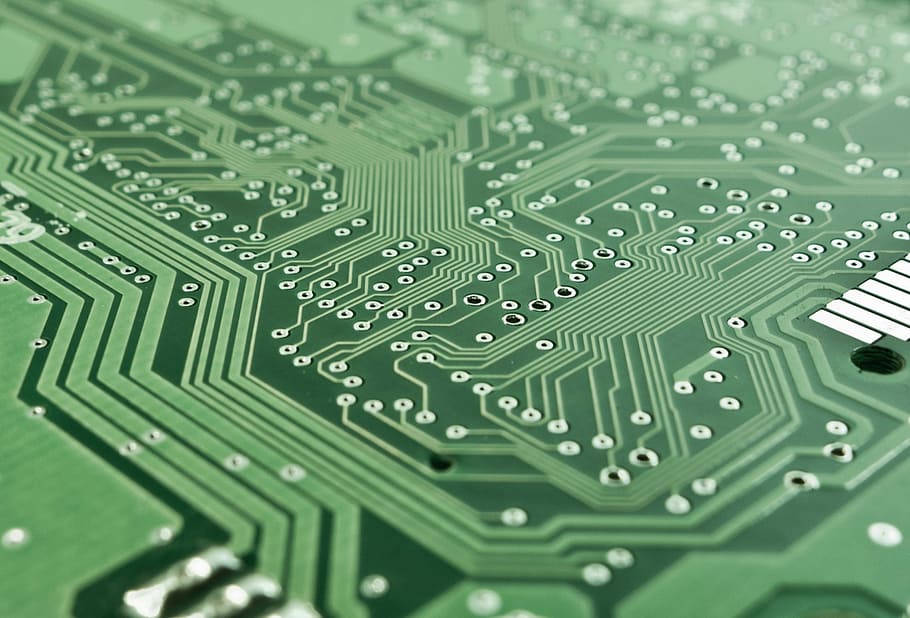Why You Need an HDI PCB?
HDI stands for High-Density Interconnect. The latest version of Printed circuit boards(PCB).In this newest technology of PCB, the manufacturer has used the blind wiring that connects to the next layer, termed as Microspore Technology.
HDI Manufacturing Technology:
The manufacturers have come up with the laser drilling technology instead of outdated drilling tools, used in conventional PCBs. The old PCBs were limited to use the aperture size having approximately 0.15 mm diameter.
Eight reasons you should have an HDI PCB:
- More convenient
- Speedy transmission of signals
- Minimal in weight and size
- Maximize performance
- Cost-effective
- higher circuitry density
- High level of protection
- Laser drilling
- laser drooling technology work like laser boards
- HDI PCB has all the protocols of ease that satisfy the need for humanity’s convenience. It ensures the functional quality of the device with compact size.
Why you need an HDI PCB?

Everything is drastically changed to cope with the modern age requirements. Same as another technology has positively responded to these changing needs. The digital world is getting bigger day by day, whereas the hardware associated with it is getting drastically smaller.
Today, Electronics has become the basic needs of humanity. The advancement and the smartness in designs of electronic devices are always welcomed. During this era, all the electronic devices designed for movableness. Electronic devices area unit being developed for human convenience.
Now, progressively, everybody needs electronic merchandise with additional options. PCBs even have a forceful amendment in devices, going from thick, structures to skinny kinds. Fabricators currently use PCB producing techniques to form boards. These are Interconnected with (HDI) boards, the backbone of the trade.
Have a look why you need HDI board:
Lightweight and Compact Design
The smallest board can manage maximum components on the HDI board; also, it will assure the functionality even by keeping the compact design.
Another feature is the important low weight of board can help to utilize in different applications like smart phones have a variety of functions in minimal HDI boards.
Cost-Effectiveness
It’s not a cheap product like people think, but every single penny you spent has worth to it. HDI boards make your process successful without wasting extra money.
Improved Performance
HDI PCB boards manage the circuits in short space with transistors helps to improve electrical performance without wasting extra power.
HDI PCB: Advantages and applications
Check out the HDI PCB: Advantages and applications that are important to know.
- HDI PCBs offer extraordinary versatile features like appropriate weight, reliable material, and improved performance.
- Blind vias, micro vias, and buried vias offered with a compact design to fulfill the broad space need.
- HDI PCBs integrate better signals via in pad and blind technology it helps to adjust parts in close spaces. Shorter signal paths make it more reliable.
- Stacked vias protect these boards against unsuitable environmental conditions.
- Cost-effectiveness is the main reason to buy without taking a risk on reliability and quality. It helps to provide maximum efficiency in 4 layer HDI board as compared to 8 layer board.
What is the Difference Between HDI and Standard PCBs
As I mentioned above, HDI PCBs provide strong signal intensity and increased performance level because they offer a smart and compact design with capacitance and inductance in small vias.
There are some important differences between conventional PCBs and HDI PCBs mentioned below
HDI PCB
- It offers maximum component density per square inch
- High signal integrity
- Lightweight boards with maximum performance and functionality
- Easy to manage low numbers of layers
- It provides maximum efficiency with high pin count
- Blind, buried and micro vias applications
- Lower aspect ratio helps to fulfill the requirement of broad space
Standard (conventional) PCB
- Heavy weight and larger in size
- Typical shape and design
- The higher number of layers can be challenging to manage
- Low pitch packages and compatibility make it unworthy sometimes
- Worked with buried and blind layers
- It supports mechanical drilling
Conclusion
HDI technology is the most popular technology these days it helps to skyrocket your work within a reasonable budget. Its appropriate weight, size, compact design, and layers can help to maximize the performance.
If you are worried till now, briefly read the benefits, applications, and differences with the traditional HDI PCB board. Always keep in mind choose a reputable manufacturer to get a reliable product without any hazel.
The post Why You Need an HDI PCB? appeared first on ELMENS.
source https://www.elmens.com/tech/why-you-need-an-hdi-pcb/
Comments
Post a Comment